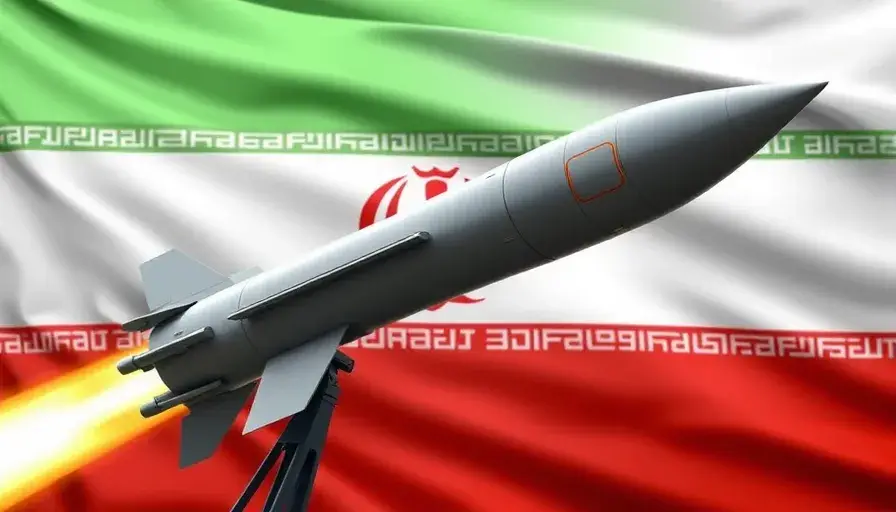High level of tertiary education among the EU youth population in 2022

In 2022, more than two-fifths of the EU population aged 25-34 had attained tertiary education
Of the 240 NUTS 2 regions for which data are available (without data for Mayotte in France or Åland in Finland), there were 72 regions (equivalent to 30% of all EU regions) where this share has already reached or exceeded the EU policy target for this area: 45.0%.
At the top end of the distribution, the tertiary education attainment rate in the Lithuanian capital region was 73.6%, followed by 11 other regions where at least 60.0% of young people had tertiary education. These regions include France, Ireland, the Netherlands, Poland, Hungary, Sweden, Luxembourg and Denmark. Many of these regions attract highly skilled people, probably because of the varied educational, employment and social/lifestyle opportunities they offer, according to Eurostat.
Relatively high shares of tertiary education were also recorded in two regions specializing in research and innovation and/or high-tech manufacturing: Utrecht in the Netherlands and País Vasco in northern Spain; Northern and Western Ireland were the only other EU region to record a share above 60.0%.
At the other end of the distribution, there were 17 regions where less than a quarter of all people aged 25-34 had tertiary education in 2022: 7 out of 8 regions in Romania (the exception being the capital region of Bucharest-Ilfov), 3 regions in Hungary, 2 regions in Bulgaria, a single region in the Czech Republic, 3 regions in Southern Italy and the outermost region of French Guiana (France). Some of these regions were characterized as rural/isolated regions with a low level of high-skilled employment opportunities. Others were characterized by relatively high specialization in vocational education programs, with students moving into the labor market through apprenticeships and training programs rather than academic qualifications.
The lowest regional levels of tertiary education were recorded in the Romanian regions of South-Muntenia (16.0%) and South-East (17.0%), the Czech region of Severozápad (18.0%) and the Hungarian region of Észak-Magyarország (18.2%).














